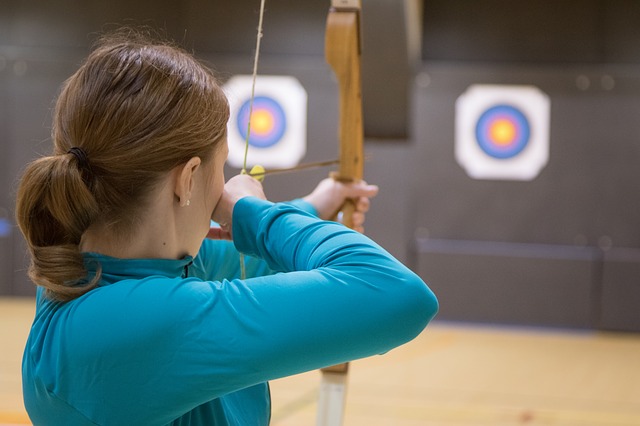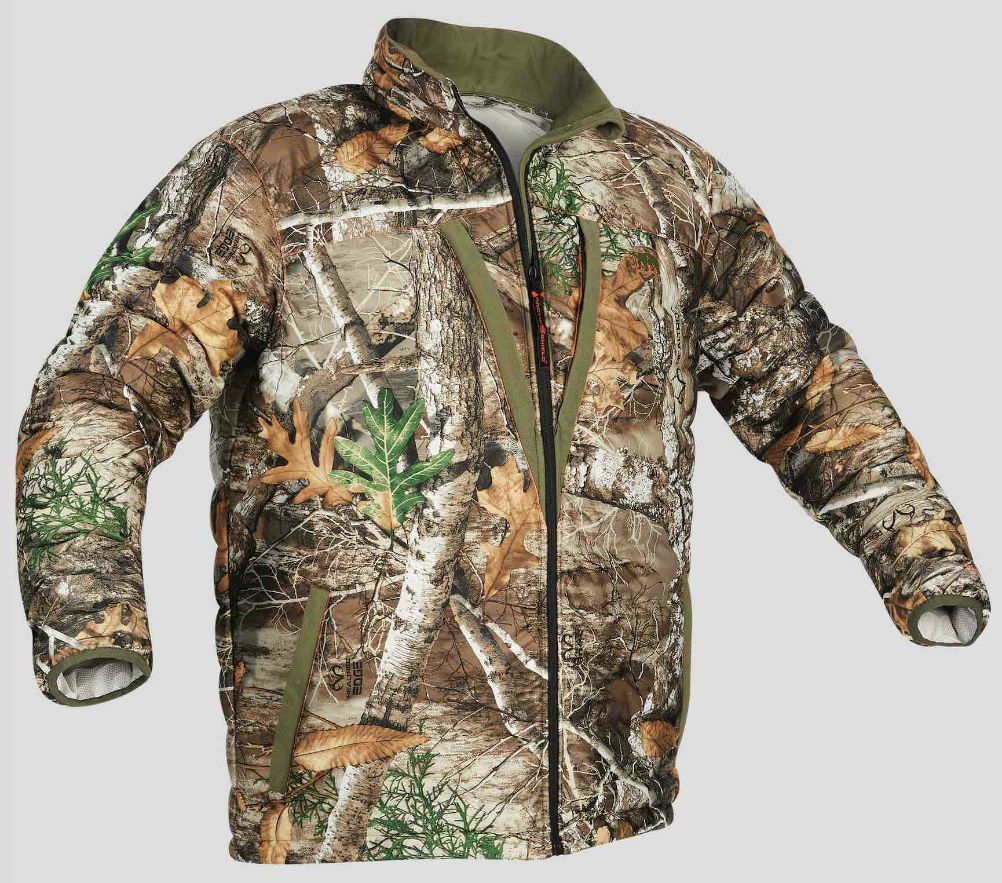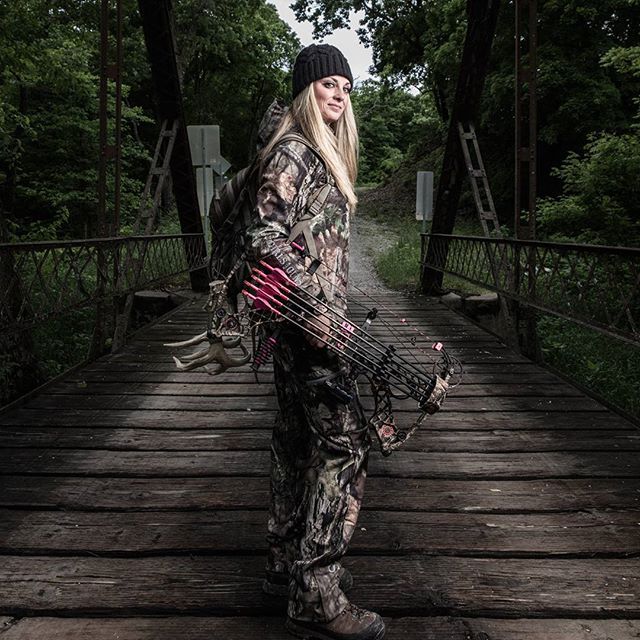
While it is common for hunters to put down their axes by November end, the more serious ones will know better. Whitetails are more predictable when winter is in full swing and tend to concentrate in smaller areas. Hence, early to mid-December is the best time to find a whitetail. There are many factors you should consider before going on a hunt. These are some of them. Considering these factors will help you make the best choice of a hunting spot.
Food sources
There are many food options available for deer hunting during the late season. If winter rye cannot be harvested yet, you can use corn to provide late season sustenance. This crop has high levels of carbs, which is what deer need in order to live a long winter. Modern harvesting equipment has left very little grain wasted, so cornfields aren't often grazed by deer. Stands of standing corn are another option, which is an excellent food source and source for late season deer.
Survival mode
Deer enter survival mode when they leave the rut. They are now looking for food. They will cluster together in groups near any food sources or nutrients left from harvest. This makes a prime time to hunt, so you should consider sitting in a good location with a deer food source. Good hunting clothes will help you spot deer in a given area. If you can get good security, the late-season hunt will be a huge success!

The pressure zones
As the pressure on public lands decreases, hunters should look for a variety of food plots, fields, and woodlands. These are the best areas for hunters to hunt late in season because they can provide their nutritional requirements. If there are signs of buck movement, hunters can move their stands gradually to areas close to food sources such hayfields. The early season should be followed by the late season. Focus on the areas where food sources are close to hunters when putting up tree stands.
High winds
While deer don't always move at the same pace during the late season, they can still be affected by wind. Deer normally move in the same way in moderate or mild winds. In severe wind conditions however, deer might concentrate on downwind tangles. It's a smart idea to move higher when hunting conditions allow. This will help you avoid being confronted by wind-suppressed whitetails.
Solar cover
There are many areas that provide thermal cover, which is why late-season deer hunting is so popular. The best places for deer hunting late season are those with plenty of thermal cover. However, there are some tips you can use to make the most of late season hunting. It is important to first determine the temperature in your area before you look for areas that have thermal cover. You can also hunt on the hottest days.
Acorns
If you're planning to go bowhunting late in the season, you should consider targeting bucks with acorns. Acorns are a great food source for deer, who will tend to congregate in wooded areas where there is plenty of food. Acorns are a great source of fats and starch, and they will avoid soaring high or crossing long distances to reach them.

Turnips
A plot with plenty of turnips is a great choice for deer hunting in late fall. Turnips provide the nutrients that deer need to survive the long winter. Turnips also mature faster when they are exposed to colder temperatures, which makes them more appealing to deer. Sweeter and tenderer turnips taste better from October through May.
Radishes
Late-season ruts are when radishes can be used to feed deer. Winter radish's bright green leaves emerge in the face of moderate snowfalls. The green leaves and bright orange color attract deer, and deer particularly like the taste of radish. These radish types are tasty, easy-to grow, and offer weed control. The National Deer Association's Quality Whitetails magazine recommends radish planting in areas where deer are active.
Cover crops
In order to make your hunting plots more appealing to deer, consider planting high-quality legumes and forbs. These species can be added to the already existing vegetation in your hunting sites and can be grown along with winter wheat or oats. These crops will provide deer with a nutritious and plentiful source of food in the late fall and winter as well as complementing their natural diets. Those who are into gardening can try planting the Brassica genus, which will provide a nutritious source of energy during the colder months.
FAQ
Where can you buy a gun
You can find gun stores all across the country. They offer guns ranging from inexpensive starter models to high-end weapons.
Gun shops may specialize in firearm sales. These shops often have helpful staff members who will help you choose the best gun for your needs.
You can find our guide to handguns if you are looking to purchase a new firearm.
Is hunting bears legal in Alaska?
Yes, hunting bears is legal in Alaska. Some hunters use traps and snares to capture bears. Others use dogs or traps to track down bears.
The Alaska Board of Game regulates bear hunting. Before going out in the woods, hunters need to have a bear tags.
Denali National Park Preserve has a lot of bear hunting. Special guided hunts allow tourists to take a bear hunting trip that costs a lot.
How much does it cost to become a hunter?
The costs associated with hunting vary depending on the area you live in.
In some cases, you might only have to pay a small fee to access public lands.
You may need permits and licenses from some states before you can hunt.
Hunting prices vary depending on which type of firearm is used. A rifle costs more than a shooting gun.
A license can cost anywhere from $10 to $50. You might need to buy additional tags depending upon how many hunt days you want.
Hunting certain species requires a permit. The amount of money you need to buy depends on the size of the animal you intend to kill.
You will need to spend up to $150 to hunt wild turkeys.
What guns can you legally use?
There are many types of hunting weapons that you can use.
Hunters often use rifles shotguns handguns and muzzleloading firearms.
Rifles have long range capabilities and can fire bullets. Shotguns can be loaded with pellets. Handguns are designed to fire bullets through the hand. Muzzle-loading firearms are similar to modern-day pistols.
Crossbows can be used to shoot arrows. Bowhunters also call archery weapons bowhunters.
Hunting with a crossbow requires special training. First, learn how you can aim and shoot the weapon.
Statistics
- Less than 1% of Hawaii's population has a hunting license. (stacker.com)
- Thanks to the 1937 Pittman-Robertson Act, an 11% excise tax was placed on the sale of firearms, which were then used for conservation. (stacker.com)
- Over the past 50 years, the number of hunting licenses in California has been on a rapid decline, falling 70% from more than 760,000 in the 1970s to under 268,000 in 2020—even as the state's population has skyrocketed, according to The Mercury News. (stacker.com)
- Licenses dropped from a peak of roughly 17 million in the 1980s to 15 million in 2019, according to The Seattle Times. (stacker.com)
External Links
How To
How to Select the Best Deer Rifle
Many factors influence the choice of the right firearm, including your hunting style, budget, terrain, weather conditions and other considerations. The most important factor is the type of game you intend to hunt. If you plan to shoot whitetail deer, then you should choose a rifle with a scope. If you don't want to have a gun bag, you can use a bolt-action rifle or a semi-automatic rifle. There are many types of rifles on the market. A lever-action rifle is preferred by some while others prefer a piston action. It is up to you which one you would like to buy. Before you buy a model, however, there are several things to keep in mind.
First, decide what type of game you want. Do you want to hunt small game such as squirrels or large animals such as deer? Depending on the size of the animal you intend to hunt, you might want to get a different type of weapon. If you're hunting deer, you might consider a rifle with a.308 caliber. This rifle will enable you to kill larger animals than those with a.223 calibre rifle. The price of the rifle is another thing to remember when buying a rifle. A good quality rifle will cost much less than a cheap one. Also, make sure that the rifle you purchase is compatible with the ammunition you intend to use. Make sure the barrel length allows you to hit your target from afar.
You should also consider the terrain you plan to hunt. Are you planning to hunt in open areas or dense forests? If you intend to hunt in open spaces, you should consider a long-range rifle. You should choose a short-range rifle if your hunting is close to trees. Make sure that you have adequate knowledge regarding the type of terrain you intend to hunt.
You should also make sure that the rifle is in good condition before you buy it. You should ensure that your rifle is in good condition. Make sure the trigger works correctly. Examine the trigger for signs and symptoms of corrosion or damage. You should inspect the rifle's stock as well as the finish. To verify that the rifle shoots accurately, you should test-fire it. These steps will help to decide if the rifle's suitability for you.